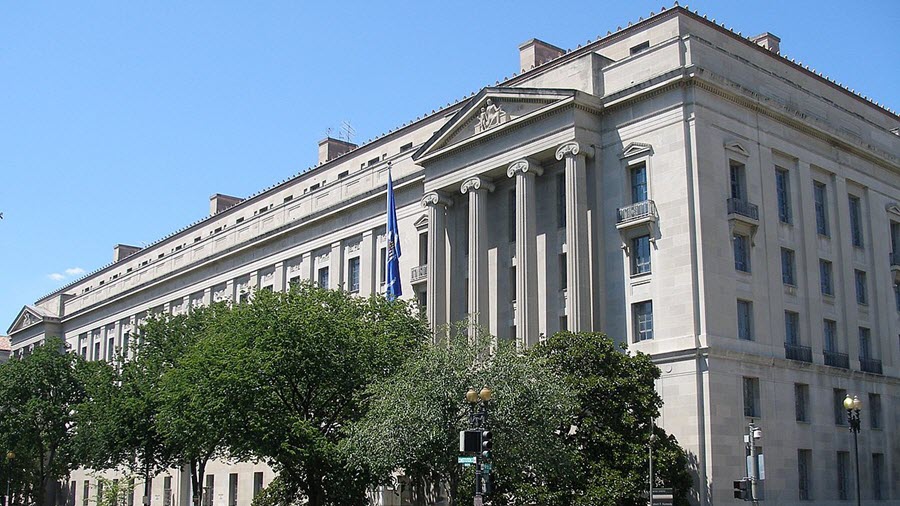DOJ Rescinds Standards Essential Patent Advisory

The Trump Administration is switching gears on patent protections for proprietary technologies that are part of a technical standard, say a chipset integral to smart phone operation, for example, or at least clarifying what gear it thinks the government should always have been in.
That came in speech Friday (Dec. 7) by Department of Justice Antitrust chief Makan Delrahim.
Delrahim, speaking at the 19th Annual Berkeley-Stanford Advanced Patent Law Institute, said: "[S]tandard-setting organizations have been given too little scrutiny when they have acted as a forum to slow down, rather than to facilitate, the adoption of disruptive innovations" and that the government has been sending the wrong signal if folks think different rules necessarily apply to standards-essential patents when it comes to redress of grievances.
Delrahim has been critical of the argument that holders of standards-essential patents (SEPs) can exclude competitors from using the technology, "including seeking injunctions against the sale of infringing goods." He called the argument bad law and bad innovation policy.
He said some of the confusion stems from the contractual agreement SEP holders strike when their tech is made part of a standard, or the so called F/RAND commitments, and a misimpression left by the Obama antitrust division in a 2013 joint statement with the USPTO entitled “Policy Statement on Remedies for Standards-Essential Patents Subject to Voluntary F/RAND Commitments.”
That statement advised that "In some circumstances, the remedy of an injunction or exclusion order" when an SEP is subject to an F/RAND agreement "may be inconsistent with the public interest."
Statement also points out that "when a standard incorporates patented technology owned by a participant in the standards-setting process, and the standard becomes established, it may be prohibitively difficult and expensive to switch to a different technology within the established standard or to a different standard entirely. As a result, the owner of that patented technology may gain market power and potentially take advantage of it by engaging in patent hold-up."
Multichannel Newsletter
The smarter way to stay on top of the multichannel video marketplace. Sign up below.
"As I have said before, this joint statement should not be read as a limitation on the careful balance that patent law strikes to optimize the incentive to innovate," Delrahim said, but he was clearly tired of having to clarify.
He said the potential for confusion "remains high," so he is taking steps to clear it up. "The Antitrust Division is hereby withdrawing its assent to the 2013 joint “Policy Statement on Remedies for Standards-Essential Patents Subject to Voluntary F/RAND Commitments," he said.
"The 2013 statement has not accurately conveyed our position about when and how patent holders should be able to exclude competitors from practicing their technologies. We will be engaging with the U.S.P.T.O. to draft a new joint statement that better provides clarity and predictability with respect to the balance of interests at stake when an SEP-holder seeks an injunctive order," he added.
Not only should SEP patent holders be able to hold up their patents to protect them, they should also be able to "hold out" if those innovators have already sunk their investments into developing a valuable technology.
Standard-setting bodies are also on notice that Delrahim's division is casting a critical eye on their ability to collude, say, when a group of product manufacturers in a standards-setting body get together to dictate licensing terms as a condition for including a patent in a standard.
"The Antitrust Division will therefore investigate and bring enforcement actions to end practices that eliminate the independent centers of decision-making and thereby harm competitive processes, including price competition and innovation competition," he said.
Contributing editor John Eggerton has been an editor and/or writer on media regulation, legislation and policy for over four decades, including covering the FCC, FTC, Congress, the major media trade associations, and the federal courts. In addition to Multichannel News and Broadcasting + Cable, his work has appeared in Radio World, TV Technology, TV Fax, This Week in Consumer Electronics, Variety and the Encyclopedia Britannica.

